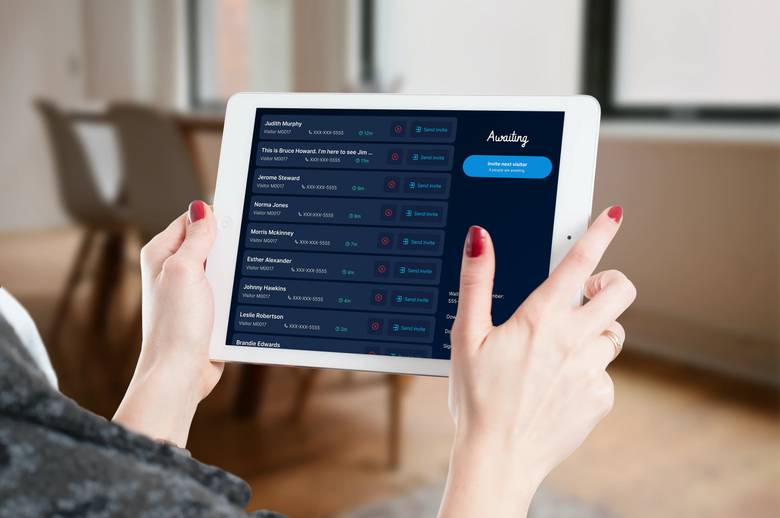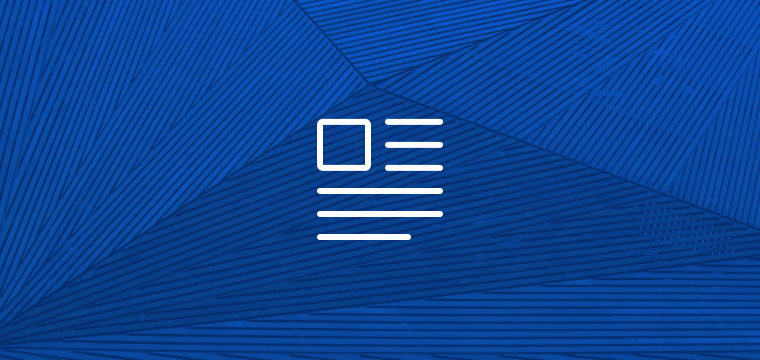The majority of the applications that are built today are not inventing new technologies but are using proven technologies to deliver innovative experiences. For these applications, software apps are the core of a User Experience that is highly scalable and therefore profitable. But if you're looking to build one of these apps, how much should you expect to invest by the time it's complete?
Startups engage Vaporware for our experience and expertise to provide the best software foundation for their new businesses. But there are a few inherent myths in the question we proposed above.
Bring lessons learned, but a manual MVP is a different product
Vaporware uses the Lean methodology in practice for every client. If you've engaged in the entrepreneur ecosystem, you've probably heard the term "Lean" several times, but do you know what the Lean startup process really is?
In short, the Lean startup process is a 2-step process:
Step 1. Collect payment with a Minimal Viable Product (MVP)
Step 2. Build/Measure/Learn ad infinitum.
The first step of Lean is creating a Minimal Viable Product. What is the smallest investment a startup can make to create something that will earn money. More often than not, this is something so small and manual that you don't need anything more than your self to produce. Are you walking dogs? Processing payments? Scheduling appointments? Providing advice? Each of these things can be done and receive payment without writing a single line of code. According to Lean methodology these are technically Minimal Viable Products.
What most startups at this stage don't see is that the product they're selling with these manual MVPs are often themselves performing a task. These MVPs are good lessons, but not complete indicators of a scalable business. Their personal reputation and brand needs to be scaled along with the task itself. A personal brand is curated over months and years of relationships. During our Product Design Sprint, we help define what makes the manual MVP (the customer test) successful and align that with the company before ever writing a line of code.
Once the prototype, the deliverable from a Product Design Sprint, is in place, we can build the initial software Minimal Viable Product in about 4 weeks of heavy development. Once the MVP is delivered, the journey to a sustainable company has only begun.
There's no such thing as complete
The second step of Lean is a cyclical process that is broken into 3 stages (Build, Measure, and Learn). These 3 stages are then optimized for speed to deliver measurable results in as little time as possible. Most clients hire Vaporware to do part 1 of this process, which is to build something measurable. While this build stage is often customizable, we minimize the time impact by delivering results in as little as 1 week. More importantly, we never scope work that would take longer than 1 month.
The hidden impact of this process is that there is no such thing as complete. Even with a set list of features, each feature can often be iterated on thousands of times to deliver better and better results. While the original founders and owners of a product may have an exit strategy, the limiting factor of software development is never quality, and therefore apps can never be finished. Due to market changes, customer requests, investor forecasting, and the unforeseeable there will always be changes, edits, features, bugs, updates, etc.
Lean doesn't mean cheap
The MVP is designed to be as cheap as possible. Each phase of development and release to users should be designed to be as fast as possible. But the overall process is not cheap. It's in the investor's best interest to keep investments as small as possible, so returns are as high as possible, but that should not equate to the business's mission or the product delivered. Even Amazon, one of the most frugal corporations in existence, has incredibly large investments.
So what's it like?
If you've never built software before, there are a few experiences you may have had that can relate to it. It's very much like having a child or building a house. You weigh your options, work within your budget (both time and money) limitations, rely on experience, and minimize risks to deliver the best results possible.
All of Vaporware's advice and work is constrained by time, which we equate to features through estimation. Through a trust-driven client/consultant relationship, Vaporware helps define potentials and identify risks for every feature of development. With a separate budget per feature, we can directly correlate business impact to the feature that we design and build.
Interested in working with expertise? Reach out to see how we can help.




